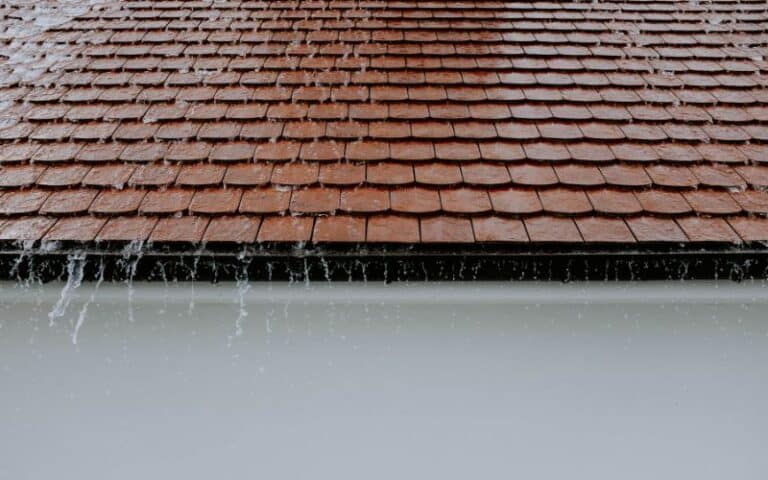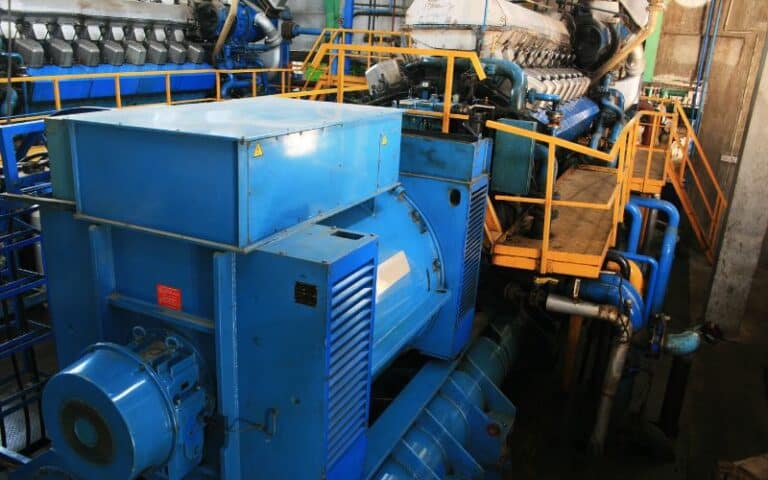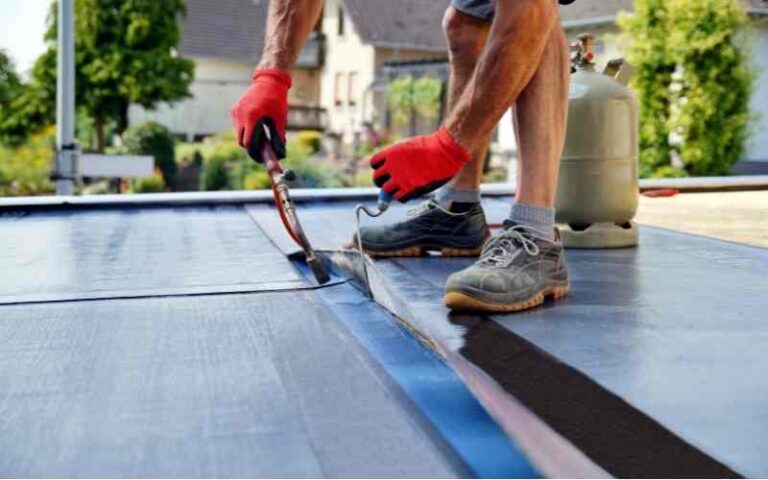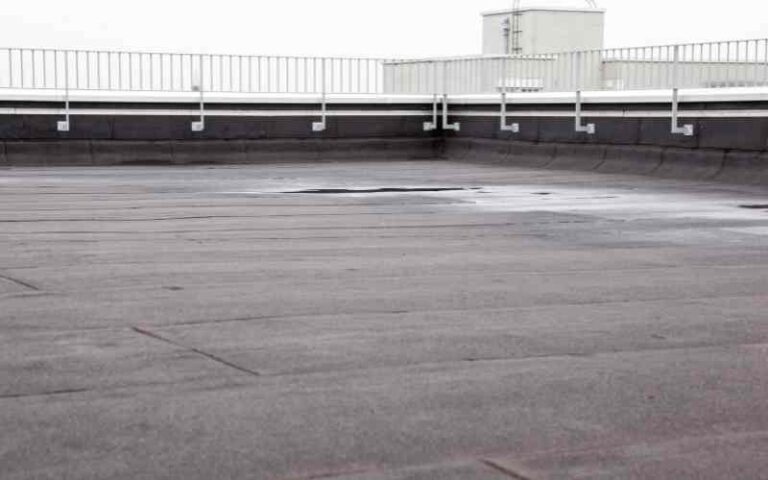Zinc plating and galvanizing are two terminologies used in the steel industry. Zinc is applied to metals in both cases, although the ultimate results are quite different. To make the right choice for your roofing or construction projects, you need to first understand the differences between the two methods.
Ready for a Roofing Quiz?
What Is The Role Of Zinc-Plated Or Galvanized Steel In Roofing And Construction Projects?
Before we dive into the differences between zinc plating and galvanizing, it is important to know their role in roofing and construction projects.
Moisture may cause havoc with a variety of steel products. For instance, when exposed to humidity, carbon steel objects are prone to oxidation. When moisture collects on the top of a carbon steel product, a chemical process known as oxidation occurs, which chips away at the substance.
Some products are made of zinc-plated or galvanized steel to protect them against this oxidation.
Let’s now find out the differences between zinc-plated and galvanized steel by going through each method individually.
What Does Zinc Plated Entail?
The method of depositing zinc on metal with an electric current is known as zinc plating. It provides some resistance to rust, but it is not as highly resistant to corrosion as hot-dip galvanized metal.
However, the general procedure of coating an aluminum-zinc alloy in a hot-dip process provides higher oxidation resistance, extending the life of standard galvanized metal by two to four times.
It combines an aluminum coating’s resistance to corrosion and heat refraction with the material properties and galvanic protection of a zinc coating’s cut edges.
Silicon improves the coating’s adherence, keeping it in position while the steel is rolled, pressed, or bent. At the same time, the aluminum and zinc fusion generates small particle regions within the coating.
As opposed to raw and untreated steel, zinc provides a greater level of oxidation resistance. It oxidizes at a rate of about 1/30th that of raw, unprocessed steel. Zinc-plated steel is hence naturally resistant to oxidation-related deterioration such as rust and corrosion.
Related: Does Zinc Roofing Rust?
What Is Galvanized Steel?
Galvanization is a metal treatment procedure that defends against oxidation, similar to zinc plating. Galvanization, like zinc plating, includes the use of zinc. A protective covering of zinc is present on both zinc-plated and galvanized steel. The zinc layer protects the raw steel against moisture, preventing it from rusting or corroding.
Galvanization is the process of treating steel or iron with a zinc coating to keep it from oxidizing. Hot-dip galvanization, where the metal is immersed in a bath of molten zinc at a temperature of roughly 460 degrees Celsius, is the most widespread galvanization process.
When galvanized metal is exposed to the weather, the zinc coating starts to erode at the cut edge, subsequently spreading across the entire surface, rapidly destroying the original façade and weakening the steel. In fact, after 10 to 15 years of exposure to the elements, galvanized metal may begin to corrode.
Are There Any Differences Between Galvanized Steel and Zinc-Plated?
Given that zinc is present in both zinc-plated and galvanized steel, you may be asking how they differ. The key distinction is that zinc-plated steel is made with an electrical current, whereas galvanized steel is usually made with a hot-dip process.
By utilizing heated, molten zinc, the hot-dip technique lives up to the hype. In a burner, zinc particles are melted. After that, the steel product is immersed in the freshly melted zinc. The steel product is allowed to cool after it has been removed. The zinc particles will solidify as they cool, providing a solid barrier around the steel product.
Related: Fastening To Steel I Beams: All You Need To Know
Which One Should You Go For Your Roofing Project: Galvanized Steel or Zinc Plated?
As you may know, zinc-plated steel and galvanized steel both have a zinc coating on them. When you see the word galvanized, it doesn’t always indicate a hot-dip galvanization; it might also mean it’s been electro-galvanized.
So, when you order your galvanized steel products, make sure you know what kind of galvanization procedure was used and which one is appropriate for your specific needs.
Also, when choosing between zinc-plated and galvanized steel, it is important to consider the weather conditions where you live. For example, if you live in Montana, you will need to go for the more durable option.
The weather in Montana is mostly cold and a Montana roofing company would recommend going for the option with certain specified qualities.
When used outdoors or in a damp area, hot-dip galvanized items have a thicker coating of zinc, which allows them to offer superior rust protection than zinc-plated steel.
On the other hand, zinc-plated steel is a suitable choice if you simply require a thin layer of protection indoors in a dry area.
If you want more aesthetic appeal, zinc-plated steel is a better option because it is shinier than hot-dip galvanized steel, which has a more drab appearance.
Interior or slightly corrosive environments are ideal for zinc-plated steel, while steel that has been hot-dip galvanized is ideal for outdoor applications where corrosion resistance is a priority. This includes the fencing outside your house and your home’s roofing.
Always Make an Informed Decision
Both zinc-plated and galvanized steel are resistant to oxidation. Moreover, they’re not made of exposed steel. Rather, they are covered in a zinc coating. The application of an electrical current is all that is required for zinc-plated steel, whereas the hot-dip process is required for galvanized steel.
Since both methods have advantages, it can be difficult to choose the right option for your roofing project. Consulting an experienced roofing company with the necessary knowledge will make the decision easier for you.






